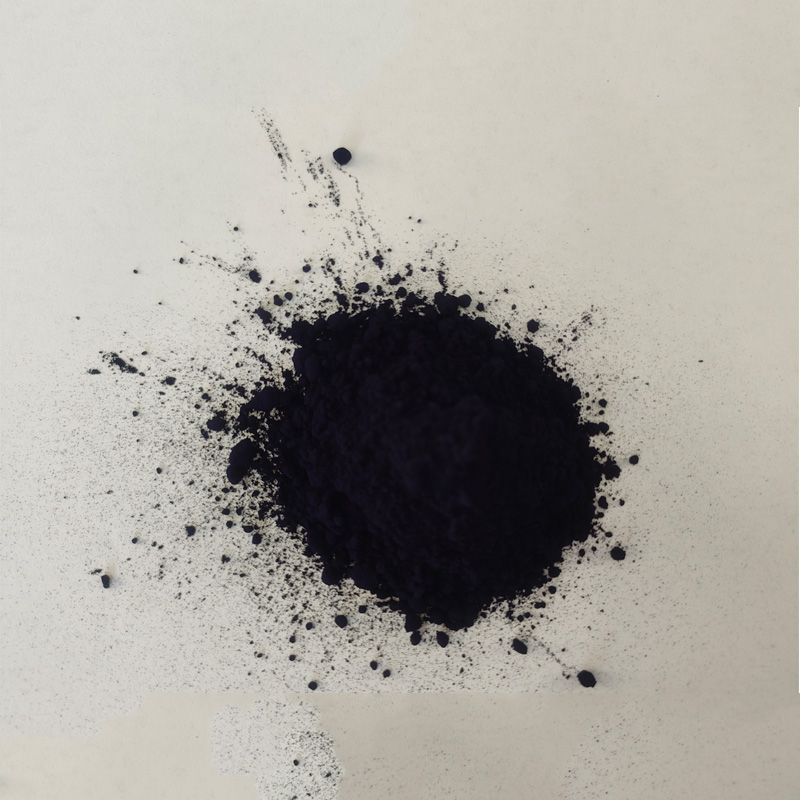Exploring the Benefits and Uses of Indigo Blue Powder in Natural Dyes and Crafts
The Allure of Indigo Blue Powder A Multidimensional Exploration
Indigo blue powder, a vibrant and deeply pigmented substance derived from the leaves of the indigo plant, has been treasured for centuries. This natural dye has played a significant role in art, textiles, cosmetics, and even health practices across cultures. Its historical roots and versatile applications continue to captivate enthusiasts and professionals alike, making it a noteworthy subject of exploration in today's world.
Historical Context
The use of indigo dates back thousands of years, with its origins tracing back to ancient civilizations such as the Egyptians, Greeks, and Indians. Historically, indigo was one of the most sought-after dyes, often reserved for royalty and the elite due to the complex and labor-intensive process involved in extracting the pigment. The indigo plant’s leaves are fermented, dried, and powdered to create the vivid blue hue that we recognize today. As trade routes expanded, indigo became a global commodity, influencing economies and cultural practices.
Art and Textile Applications
Indigo blue powder is synonymous with traditional textile dyeing techniques. From the iconic Japanese shibori and Indian block printing to West African batik, the applications are as diverse as the cultures that practice them. The color indigo itself is often associated with depth, tranquility, and stability, leading to its usage in various artistic expressions. In addition to its rich color, the durability of indigo dye is a hallmark that has contributed to its enduring popularity in fashion.
Today, many fashion designers and textile artists are reviving traditional dyeing methods, applying them to modern fabrics to create contemporary pieces that retain historical significance. These creative endeavors resonate with consumers' growing interest in sustainable and ethical fashion, thereby promoting the use of natural dyes over synthetic alternatives.
indigo blue powder products

Cosmetic and Wellness Benefits
Beyond its aesthetic appeal, indigo blue powder is gaining recognition in the cosmetics industry for its potential benefits. Natural skincare products increasingly incorporate indigo for its anti-inflammatory and antioxidant properties. Used in face masks, soaps, and hair care products, the powder offers a natural way to nourish the skin and enhance hair health.
Moreover, indigo has traditionally been used in Ayurvedic medicine, believed to possess calming and healing properties. The powder is often included in herbal formulations aimed at treating various skin conditions, reflecting the intersection of beauty and wellness that consumers are increasingly seeking.
Culinary Innovations
Interestingly, indigo blue powder has also made its way into the culinary world. As chefs and food enthusiasts explore natural food colorants, the striking hue of indigo is being used in a range of dishes, from baked goods to beverages. This not only enhances the visual appeal but also aligns with the trend towards healthier, plant-based ingredients in cooking.
Conclusion
The multifaceted appeal of indigo blue powder makes it a captivating subject spanning art, textile, cosmetics, and culinary fields. Its rich history, combined with modern applications, illustrates a dynamic convergence of tradition and innovation. As the world continues to embrace sustainable practices, the revival and appreciation for natural substances like indigo blue powder are likely to flourish, ensuring that this vibrant color remains relevant in various domains for generations to come. Whether in fashion, wellness, or culinary arts, indigo blue powder stands as a testament to nature's artistry and the enduring human fascination with color.
-
The Timeless Art of Denim Indigo Dye
NewsJul.01,2025
-
The Rise of Sulfur Dyed Denim
NewsJul.01,2025
-
The Rich Revival of the Best Indigo Dye
NewsJul.01,2025
-
The Enduring Strength of Sulphur Black
NewsJul.01,2025
-
The Ancient Art of Chinese Indigo Dye
NewsJul.01,2025
-
Industry Power of Indigo
NewsJul.01,2025
-
Black Sulfur is Leading the Next Wave
NewsJul.01,2025

Sulphur Black
1.Name: sulphur black; Sulfur Black; Sulphur Black 1;
2.Structure formula:
3.Molecule formula: C6H4N2O5
4.CAS No.: 1326-82-5
5.HS code: 32041911
6.Product specification:Appearance:black phosphorus flakes; black liquid

Bromo Indigo; Vat Bromo-Indigo; C.I.Vat Blue 5
1.Name: Bromo indigo; Vat bromo-indigo; C.I.Vat blue 5;
2.Structure formula:
3.Molecule formula: C16H6Br4N2O2
4.CAS No.: 2475-31-2
5.HS code: 3204151000 6.Major usage and instruction: Be mainly used to dye cotton fabrics.

Indigo Blue Vat Blue
1.Name: indigo blue,vat blue 1,
2.Structure formula:
3.Molecule formula: C16H10N2O2
4.. CAS No.: 482-89-3
5.Molecule weight: 262.62
6.HS code: 3204151000
7.Major usage and instruction: Be mainly used to dye cotton fabrics.

